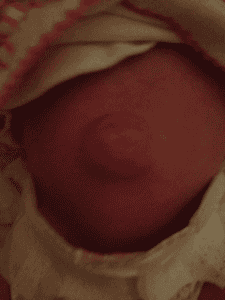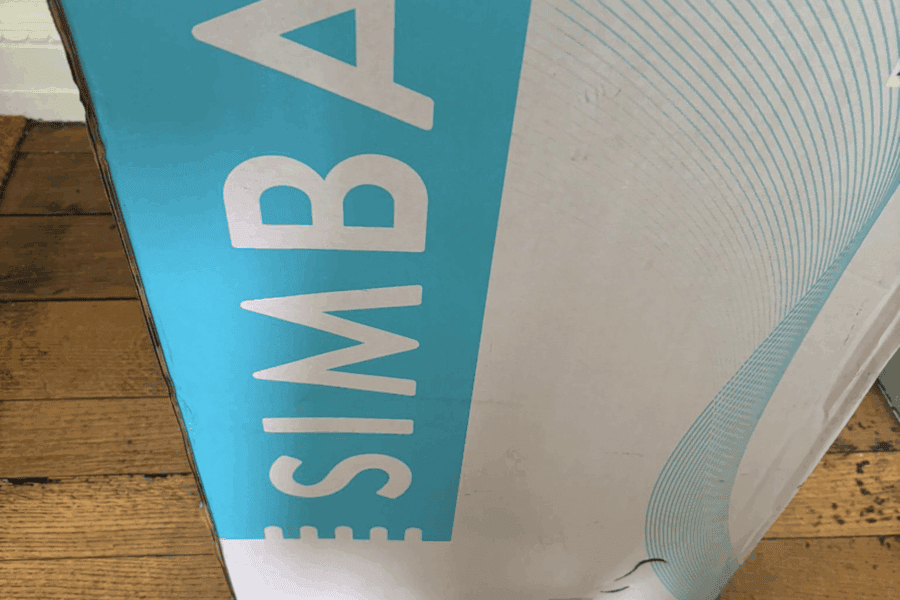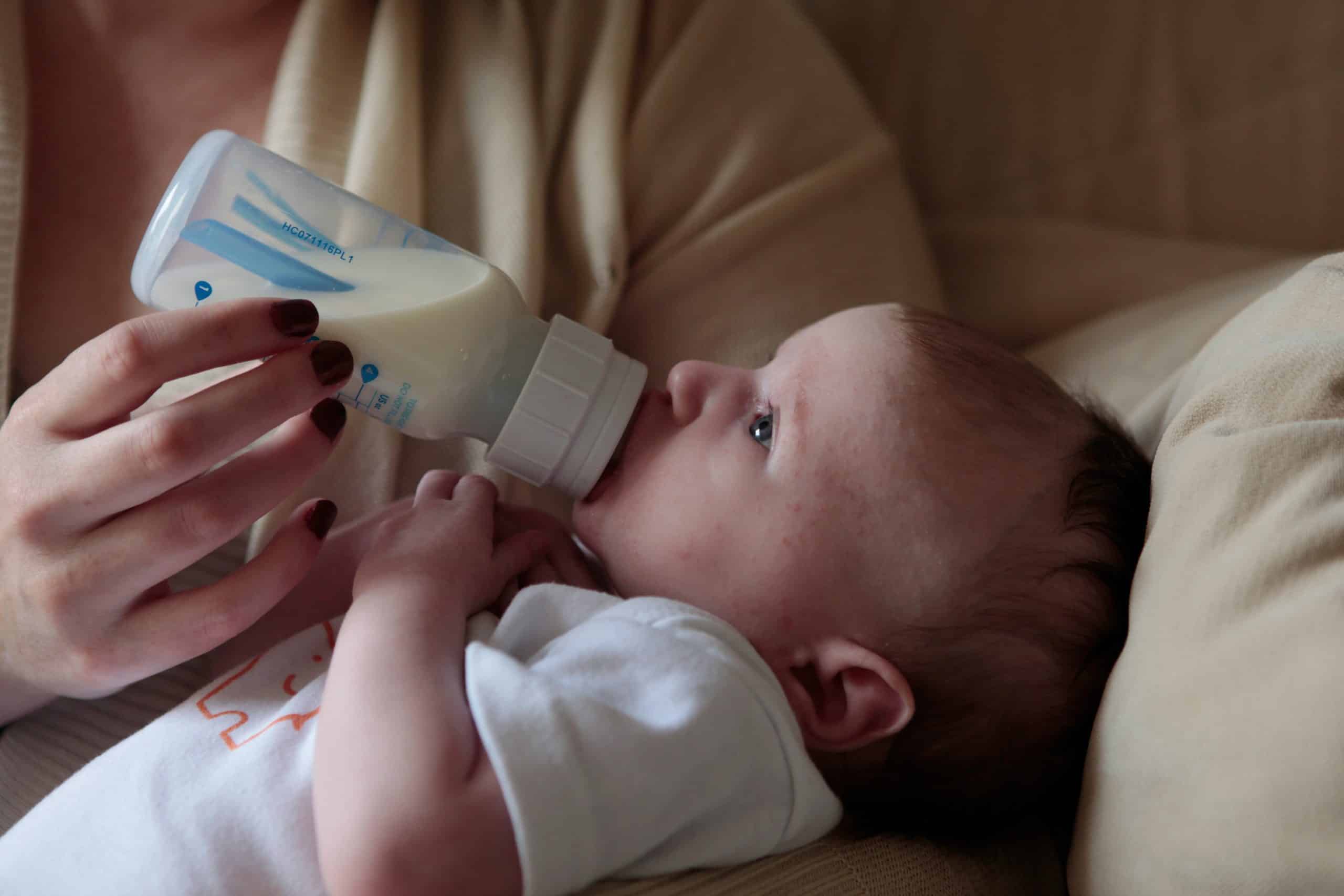Basic information on Hernias in babies
I have worked with hundreds of babies since I became a Maternity Nurse and caring for a baby with a Hernia has been one of the experiences I have had a few times.
Bearing that in mind I decided to write this post to give you some basic information on Hernias in babies.
There are two types of hernia that can occur in babies: an umbilical hernia and an inguinal hernia.
 Umbilical hernia
Umbilical hernia
An umbilical hernia appears as a lump near the navel (belly button) that may get bigger when your baby laughs, cries, coughs or goes to the toilet. It may also shrink when she is relaxed or lying down.
During pregnancy the umbilical cord passes through an opening in the baby’s abdominal wall. This opening should close before birth, but in some cases the muscles do not seal completely. This leaves a weak spot in the surrounding muscle wall (abdominal wall).
An umbilical hernia can develop when fatty tissue or a part of the bowel pokes through into an area near the navel.
Umbilical hernias are very common and affect 10 per cent of infants and young children.
They are particularly common in babies born prematurely.
An umbilical hernia is not painful, and in 85 per cent of cases the umbilical hernia goes back in and the muscles release before your child’s first birthday.
Treatment
If the umbilical hernia is large or has not disappeared by the time a child reaches four years old, an umbilical repair is an option. Your doctor will advise you to wait until this age before considering operating though, as it is not an essential procedure unless there are other complications.
An umbilical repair is a routine and simple procedure to push the bulge back in place and strengthen the abdominal wall. A general anaesthetic will be used on your child and the operation should only last around 30 minutes. The weak spot is usually closed with stitches and after the operation the bulge will disappear and the belly button should look normal.
Inguinal hernia
An Inguinal hernia is where a small hole has developed in the muscle of a baby’s groin. Some of the intestine then pokes out through this hole. The intestine in the hernia usually moves in and out of the hernia quite easily. Sometimes the intestine may get stuck in the hernia leading to blockage of, and possibly damage to the intestine or to the blood vessels to the testicle.
If this happens then emergency surgery is needed as the intestine or testicle can be damaged. Doctors usually plan to fix the hernia before this happens though.
Inguinal (groin) hernias are quite common and happen in around one in six premature baby boys.
These hernias usually require an operation before they reach an emergency state. It will be treatment under anaesthetic and a cut will be made in the baby’s groin. The hole in the muscle will be repaired with stitches and the skin closed with stitches under the surface.
A small dressing may be applied, and local anaesthetic will also be used to numb the skin so as to reduce any pain the baby may be in after surgery.
Infant paracetamol can be given for pain relief as directed by your doctor and post op care followed.
If you found this post helpful then please SHARE with others using the links below.
Thanks for reading, please like and share this post to help others.




